Growth in Agrochemical Sector
The Bromoacetic Acid Market is also benefiting from the growth in the agrochemical sector. Bromoacetic acid is utilized in the production of herbicides and pesticides, which are essential for modern agriculture. As the global population continues to rise, the demand for food production increases, leading to a heightened need for effective agrochemicals. Recent statistics suggest that the agrochemical market is projected to reach USD 300 billion by 2025, indicating a robust growth trajectory. This expansion is likely to drive the demand for bromoacetic acid as manufacturers seek to develop more efficient and environmentally friendly agricultural products. Consequently, the Bromoacetic Acid Market stands to gain from this trend, as agrochemical companies increasingly rely on bromoacetic acid in their formulations.
Technological Innovations in Production
Technological advancements in the production processes of bromoacetic acid are poised to enhance the efficiency and sustainability of the Bromoacetic Acid Market. Innovations such as improved synthesis methods and the adoption of green chemistry principles are likely to reduce production costs and environmental impact. For instance, the implementation of continuous flow reactors and catalytic processes can lead to higher yields and lower energy consumption. As manufacturers strive to meet stringent environmental regulations and consumer preferences for sustainable products, these technological innovations may play a crucial role in shaping the future of the Bromoacetic Acid Market. The potential for increased production efficiency could also lead to a more competitive market landscape, benefiting both producers and consumers.
Regulatory Compliance and Safety Standards
The Bromoacetic Acid Market is significantly influenced by regulatory compliance and safety standards. Governments and regulatory bodies are increasingly imposing stringent regulations on chemical manufacturing and usage, particularly concerning hazardous substances. Bromoacetic acid, being a chemical with potential health risks, is subject to these regulations. Compliance with safety standards not only ensures the protection of workers and consumers but also enhances the market's credibility. Companies that adhere to these regulations may gain a competitive advantage, as they are more likely to attract customers who prioritize safety and sustainability. As the regulatory landscape continues to evolve, the Bromoacetic Acid Market must adapt to these changes to maintain its growth trajectory.
Rising Demand in Pharmaceutical Applications
The Bromoacetic Acid Market is experiencing a notable increase in demand due to its extensive use in pharmaceutical applications. Bromoacetic acid serves as a key intermediate in the synthesis of various drugs, including anesthetics and anti-inflammatory agents. As the pharmaceutical sector continues to expand, driven by an aging population and increasing healthcare needs, the demand for bromoacetic acid is projected to rise. Recent data indicates that the pharmaceutical industry is expected to grow at a compound annual growth rate of approximately 5.5% over the next few years, which could significantly impact the Bromoacetic Acid Market. This growth is likely to be fueled by ongoing research and development activities aimed at discovering new therapeutic agents, thereby enhancing the market's potential.
Expanding Applications in Specialty Chemicals
The Bromoacetic Acid Market is witnessing an expansion in applications within the specialty chemicals sector. Bromoacetic acid is increasingly being utilized in the production of various specialty chemicals, including surfactants, dyes, and polymers. This diversification of applications is likely to open new avenues for growth within the market. As industries seek to develop specialized products that meet specific consumer needs, the demand for bromoacetic acid is expected to rise. Recent market analyses indicate that the specialty chemicals market is projected to grow at a rate of 4% annually, which could positively influence the Bromoacetic Acid Market. This trend suggests that bromoacetic acid will play a pivotal role in the formulation of innovative specialty chemicals, further solidifying its importance in the chemical industry.


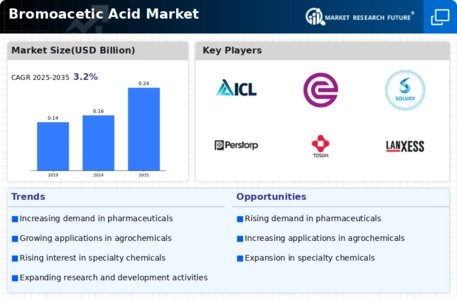
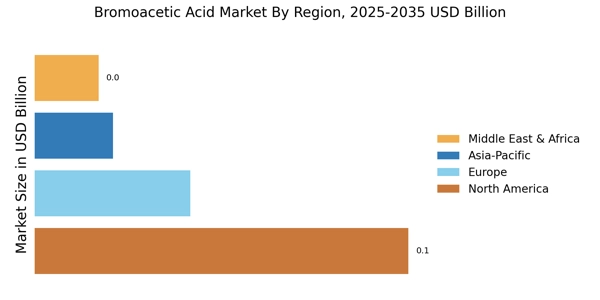
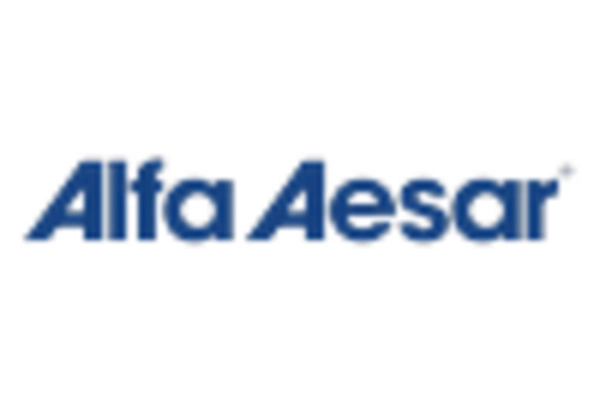

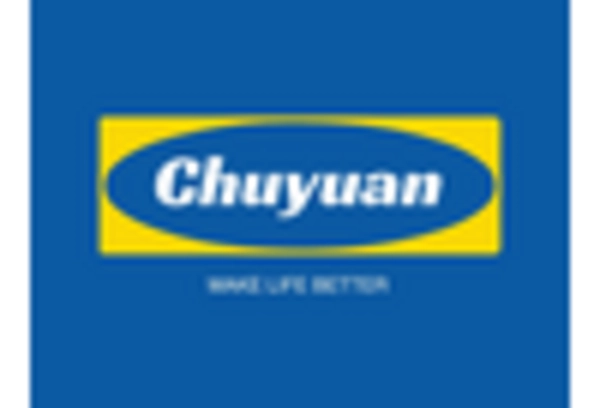
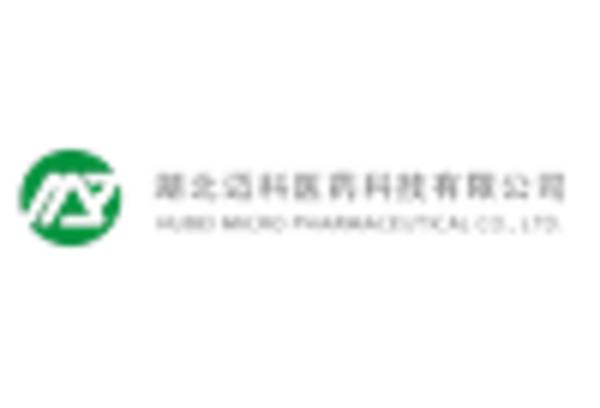
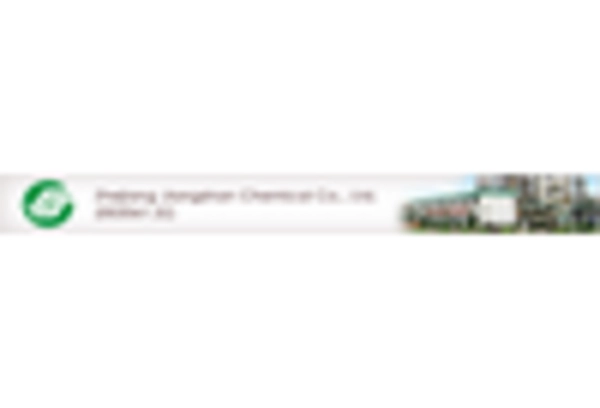
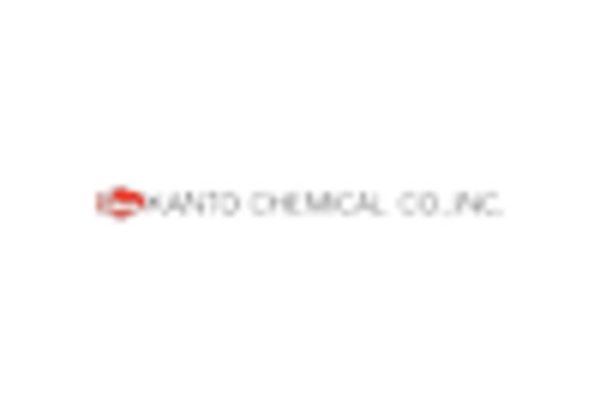








Leave a Comment